It’s still Fat Tuesday, so we’ve gone ahead and deep fried time for this one.
//
The Hudson Valley home I linked from the other day where Walton Goggins lives has been on my mind. Continuing a tradition from the home’s previous life as a hunting lodge in the 1920s, Goggins now has friends and associates sign the walls when they come to visit/drink there.

It’s an incredible piece of ritual and design—and a thoughtful way to connect a community and a space.
I immediately thought I should be doing something like that, and it occurred to me that we have this giant, blank slab of wood hanging on the wall by our front door.
This slice of teak was a wedding gift and is performing its intended role as wall art. This would be incredibly bland stuff if Teak wood (Tectona Grandis) and its relationship with humans (and the elephants humans use to drag these massive trees out of the jungle in Southeast Asia) was not very fascinating in its own right (to be discussed another time), but otherwise this slab has started to feel a bit lifeless to me.

It’s fromCrate and Barrel’s CB2 brand (so it’s a bit generic) and they still sell something like it today. I thought a personalization project of having visitors sign it might give it some renewed interest and function.
I mulled it over for a few days, and then realized the kind of project I was seeking was already underway (and could refrain from adding additional complications to my social life). The idea of asking someone to sign the piece of wood (like we’re in a recording studio or something other than a white postwar box), and anxiously monitoring their progress to ensure the signature was not too ungainly, improperly scaled, etc. was ultimately going to be too much for me. My vague feeling of envy was quickly replaced with the relief that I wouldn’t be bringing all the dreaded energy of a yearbook signing to my salon.
So what do I have going already? An old fashioned growth chart in the frame of our door to the backyard, dutifully tracking the height of my kids. A bit more personal for me, and already satisfying the desire for connecting people and the space in a handcrafted way. Infinitely more interesting than the teak slab (or just collecting the names of friends on it), but not wholly dissimilar in terms of showing growth rings. The height chart and the teak cross-section are both temporal slices.
I’m going to assume my parents had a growth wall for me and my brothers, otherwise I’m not sure how or why I’d know to do this. It also seems common enough that the Wall Street Journal wrote about the cottage industry of tearing out the wall and bringing it with you when you move (and others have turned to Reddit for DIY help for similar problems, not that drywall is the easiest thing to move, so choose carefully where you start your chart).
It’s gratifying to see the passage of time laid out on this door frame, and it’s nice that it’s mostly just for me and Mrs. Sub Pro. Something most people would (and should) miss completely when transiting to the backyard.
A final detail—here’s the first measurement I recorded. It looks like I stood my firstborn a few days after he came home from the hospital back in 2021, with the recorded “height” still matching his “length” at birth. If you’ve held really new babies then you know how preposterous this was—it’s like asking a loaf of bread to stand. It must have been important for me to do it so quickly.
Again, not sure why I started this artifact so immediately after becoming a father, but today it was a relief to realize I was already doing the thing I thought I should be doing, and didn’t need to complicate things further. “You’re already doing the thing you should be doing” is a terrible title for an exhortation, but an important realization if you can have it.
Internet Bycatch:
Links from the internet, with essential information for crabs at the bottom.
Josh Jackson from Los Angeles’ Arbor Exchange made us a beautiful live edge coffee table from reclaimed black walnut many years ago.
The table is still going strong (despite some character enhancing scratches from children) and I received an email from Jackson today highlighting his new Substack project: Forgotten Lands. Wishing him success in the new endeavor (he has a book coming out in June as well) and for furniture needs he’s now passing the baton to his apprentice, Dennis Middleton over at Copperhead Furniture.
And we can skip clothes for this outing (though I have some things in the works on white trainers, Italian swim trunks and safari jackets for the upcoming weeks). Instead, here’s a meditative juxtaposition, the kind I really enjoy:
This is the front page of today’s New York Times. Do you see it? It’s over there on the right hand side—jammed incongruously next to all the news of the day about the Pax Americana collapsing. It’s the kind of accidental storytelling I love— a sense of grave impending doom (about the human world) next to a reminder about our fleeting place in a still-overwhelmingly-natural world.
Here’s the bright, shiny object that distracted me from other news.
It’s my favorite kind of frame/perspective shift. You have the urgent news of the day, the kind of stories related to the billions of people on this planet, and the systems that keep some alive and allow (or make) others to suffer and die. And then there’s kind of this deep time angle that’s available right next to all that, for those willing to be taken in by it.
What does a crab see before cuttlefish eats it? It’s poetry, but it’s also very real. We are asked to think on the optical systems from two warring branches on the tree of life, regarding one another for eons at the ocean’s banquet table.
It’s the kind of video that can pull you out of the news cycle completely—how is this the planet that we live on? How lucky are we that we’ve vanquished most of the animals that are capable of eating us? It can also become unnerving in its own right if contemplated for too long. It’s the mesmerizing and menacing display of an ambush predator, and it could start to feel like its own temporal slice, a foreboding metaphor for the vast indifference of the cosmos to us, or even for the societal moment we find ourselves in—where one could conclude there is nothing to do but watch the light show, waiting for the blow to land.

With discernment, one might equally conclude that the light show is indeed terrible and beautiful, but it need not stupefy. Instead, it might inspire greater activity. Against the immense backdrop of deep time, we can derive meaning from the careful preparation and serving of temporal slices at home.




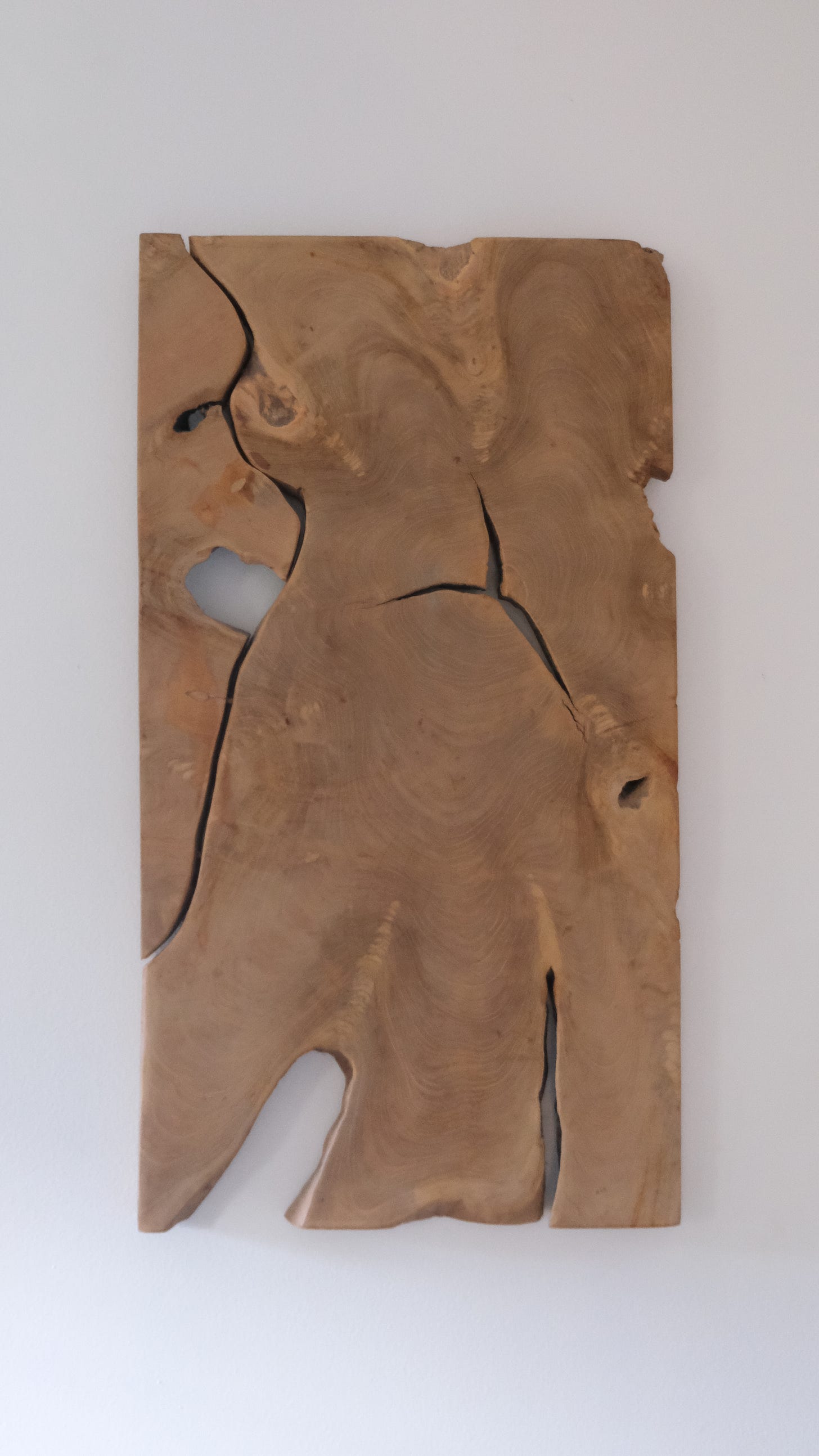

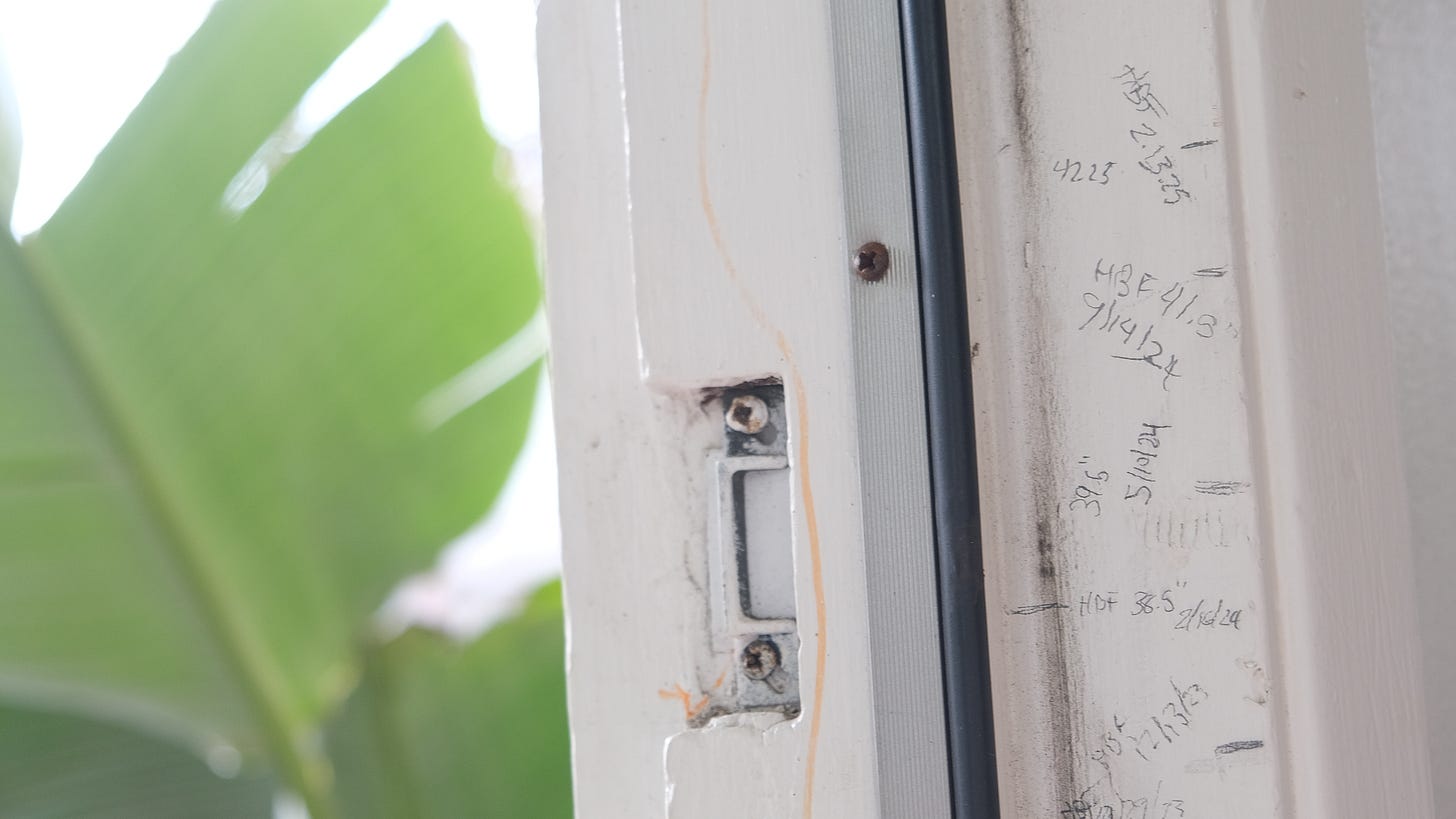
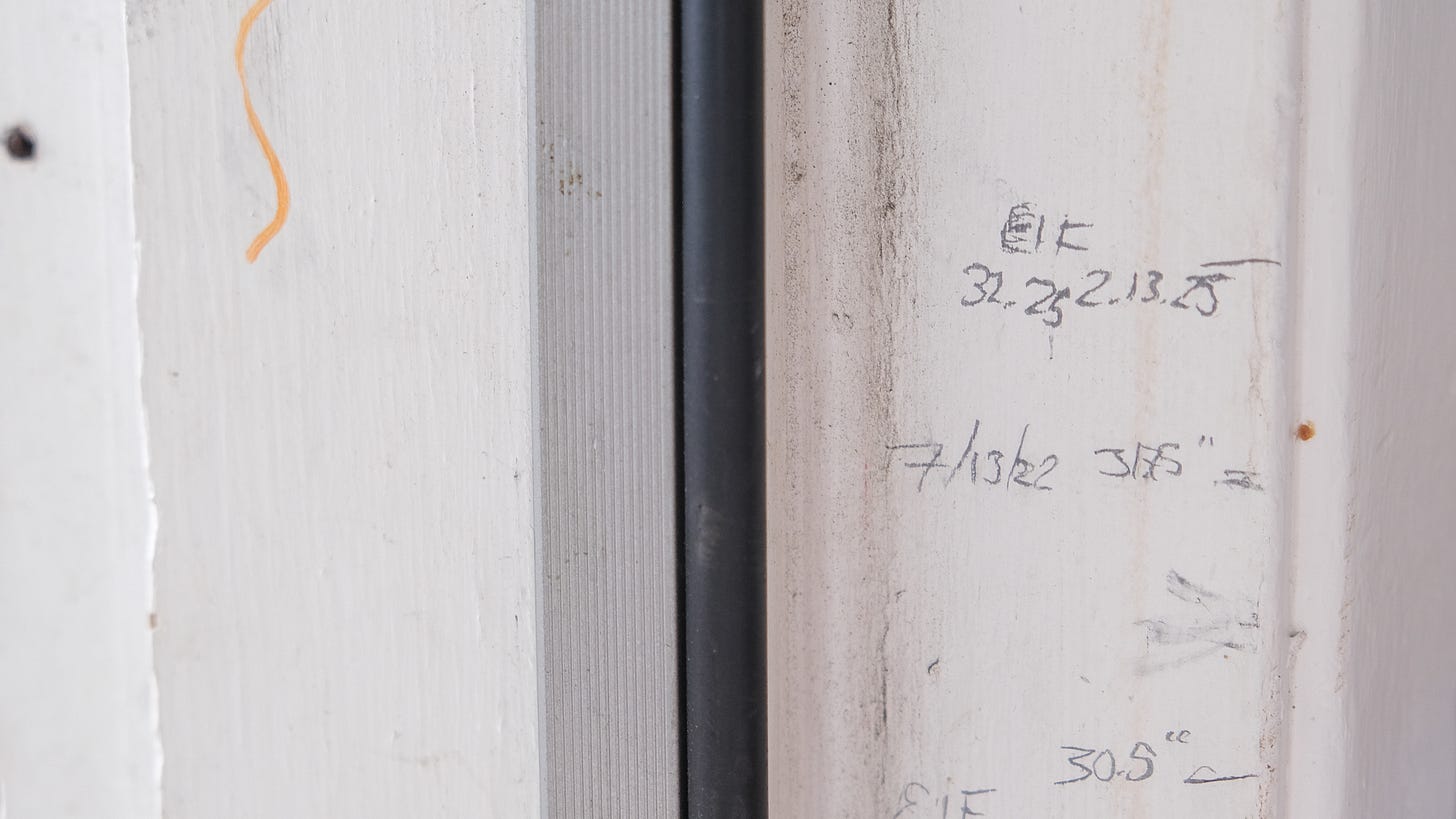
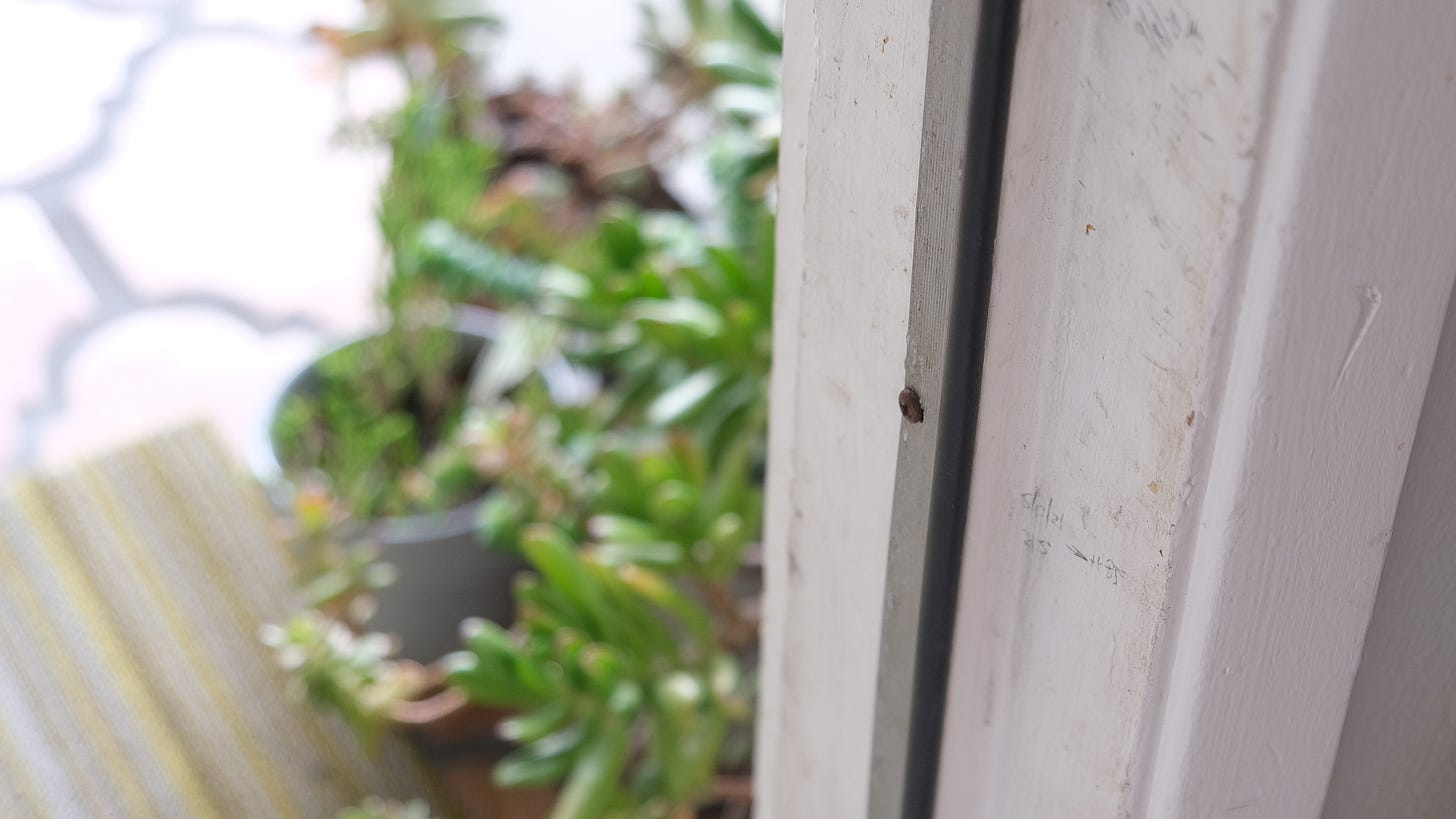
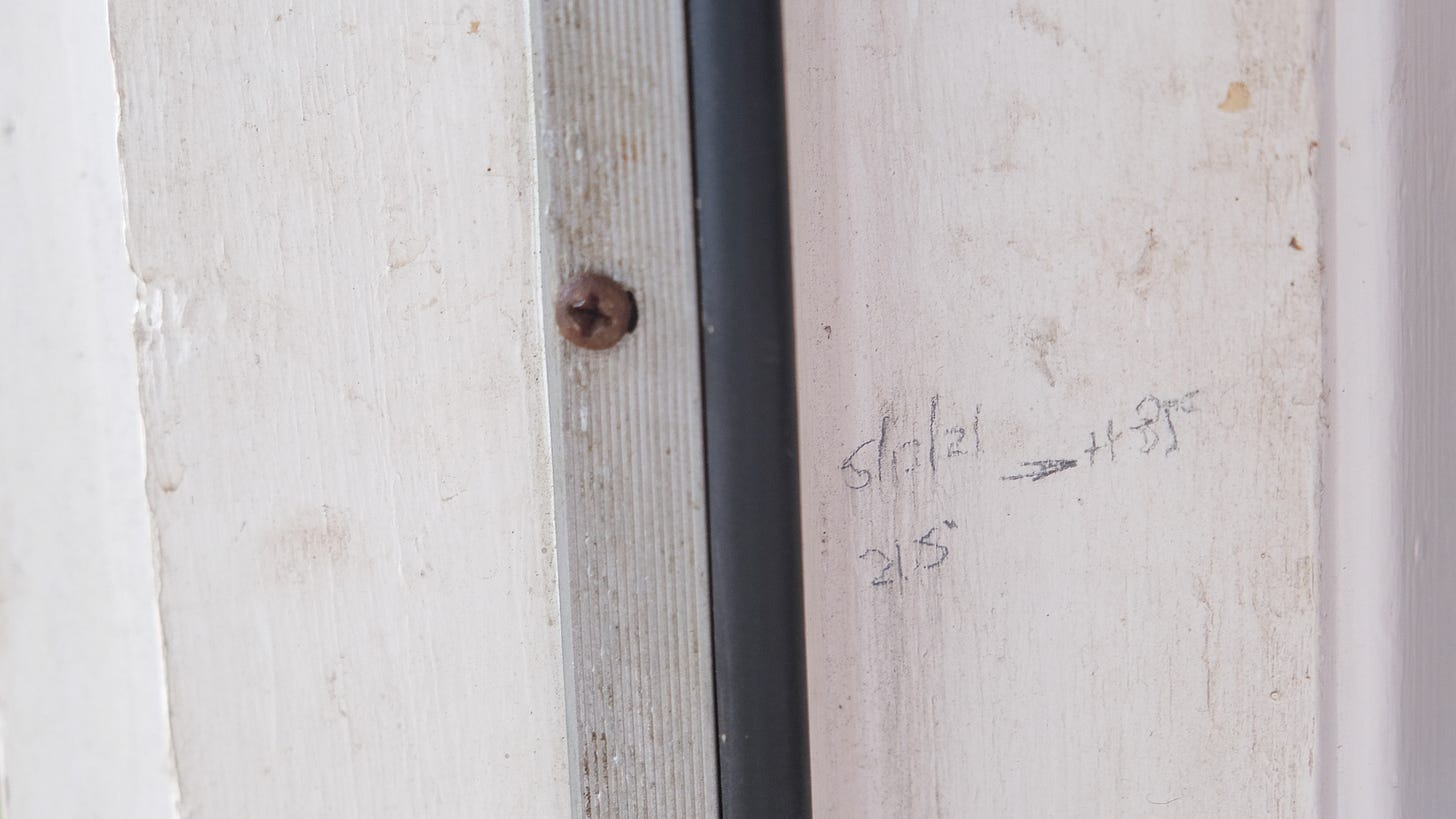
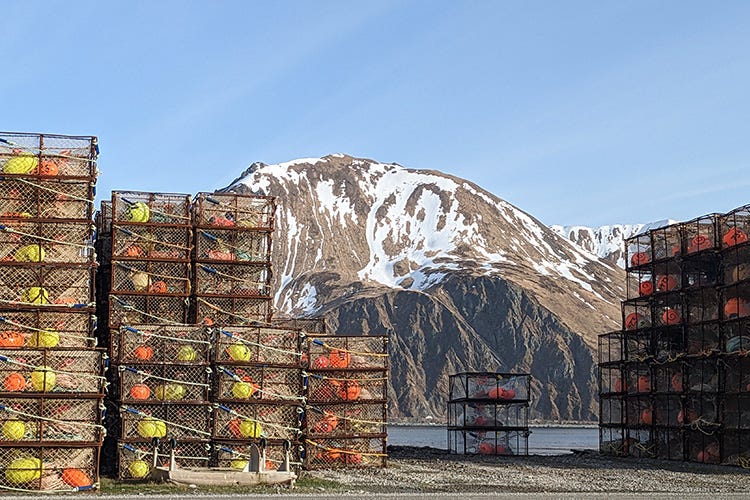
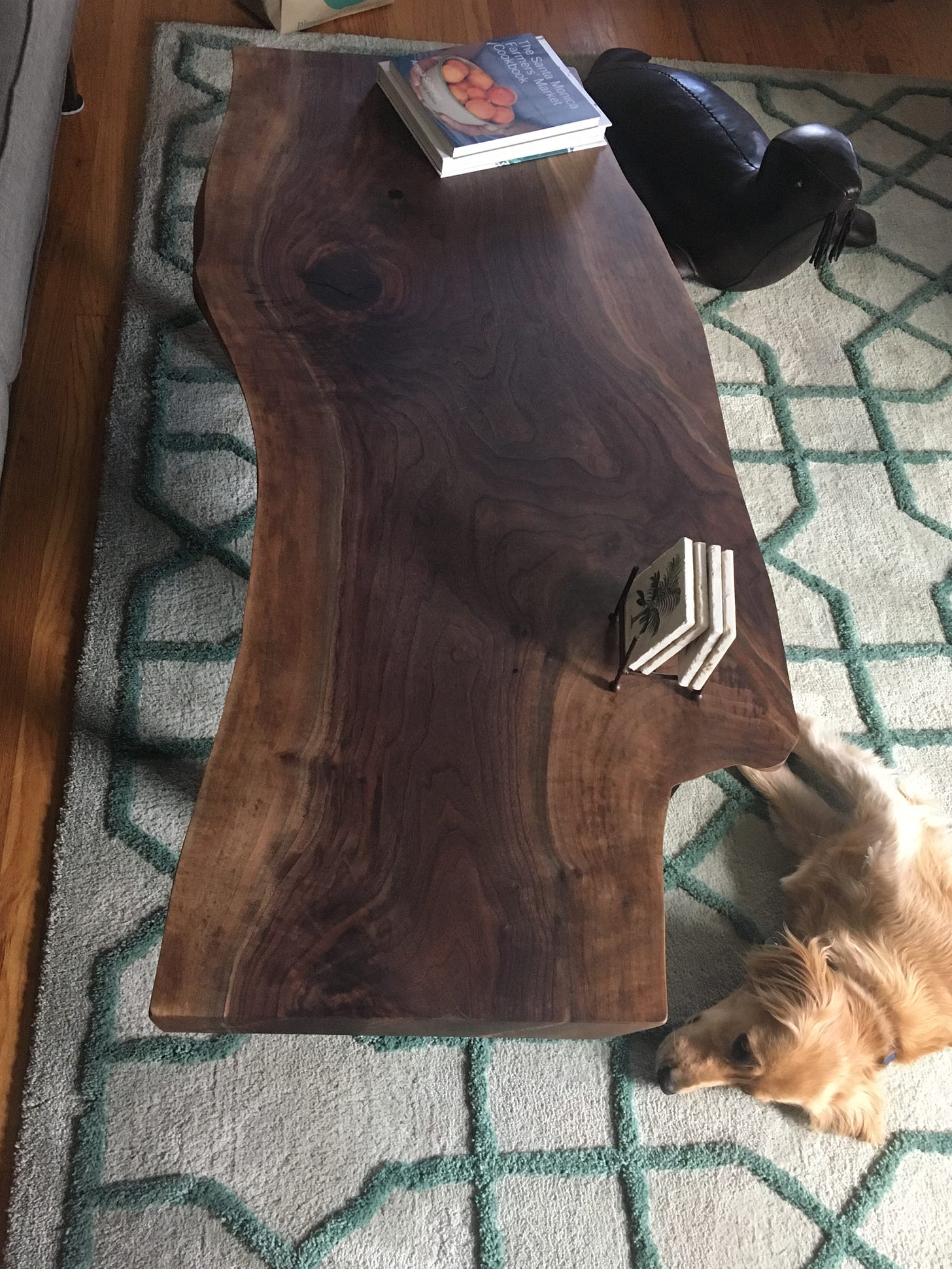



Excellent piece (of wood)